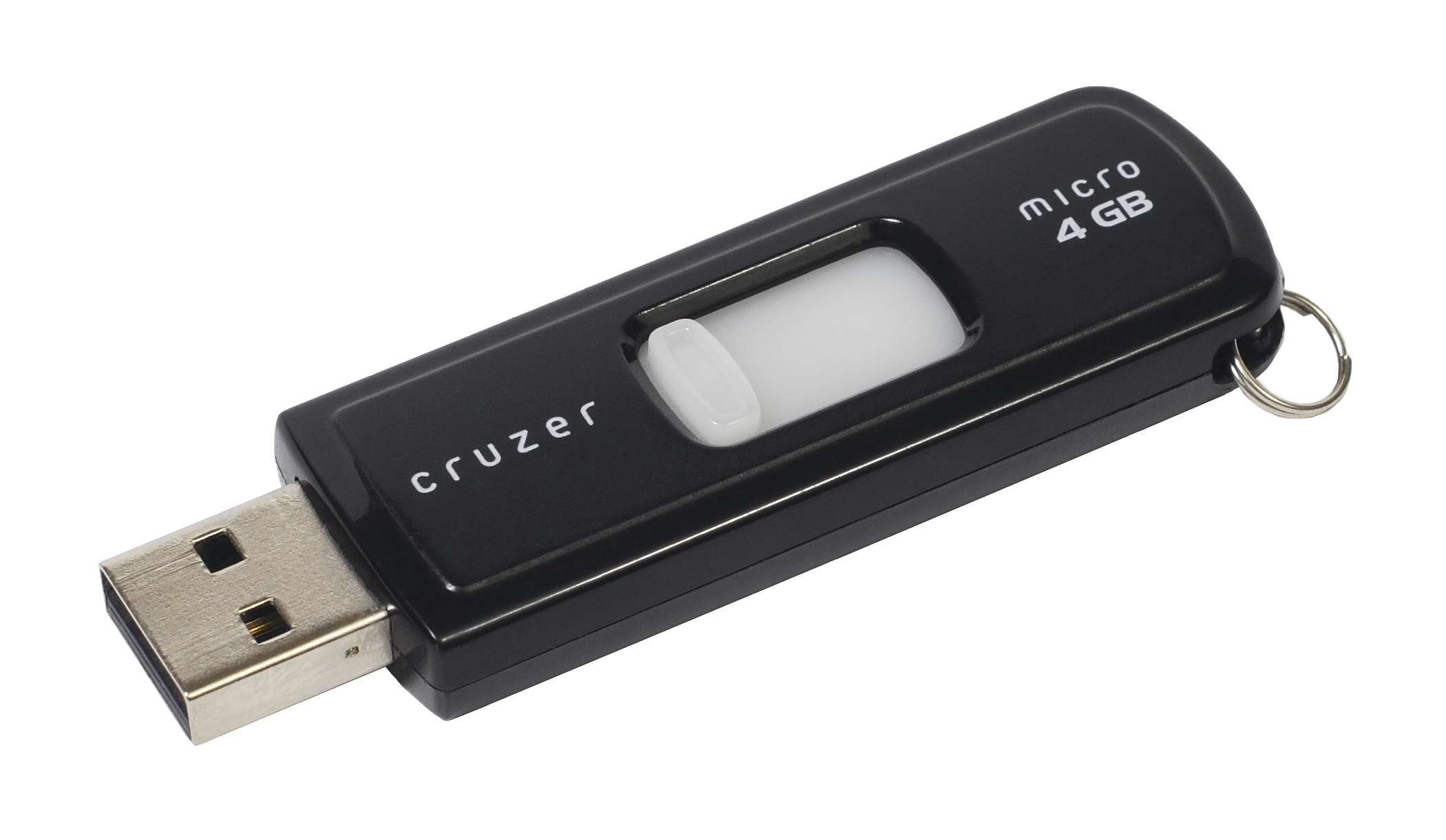Solid State Drives (SSDs) retain data in a special type of memory as an alternative to using disk or tape storage. This method of data storage is known as Flash technology and uses non-volatile memory in order to emulate other mechanical storage (e.g. a HDD). SSDs have three main advantages over mechanical storage in that they are much faster to access, read from and write to. This is due to there being no mechanical parts in the design of SSDs, thereby eliminating mechanical seek latency
SSDs are also much more reliable than mechanical storage devices as they have no moving parts and require no batteries, making it possible to manufacture them to quite a small physical size. This allows manufacturers to replicate standard disk-drive forms (2.5 & 2.5 inch).
As such SSDs can be configured within systems to replace the more traditional HDDs that we are familiar with. In consideration of the factors mentioned above, computers fitted with SSDs over these more traditional drives would see an increase in read/write performance, amongst others.
USB Flash Drives are small devices that connect to a personal computer through it's USB ports. They come in several form factors including thumb drives and pen drives. Data storage capacity can vary greatly, as can their data transfer rates. A USB Flash Drive can store from 128 Mb to 128 Gb, can read from 700 Kb/s to 28 Mb/s and can write from 350 Kb/s to 15 Mb/s.
Study Reference Disclaimer.
SSDs are also much more reliable than mechanical storage devices as they have no moving parts and require no batteries, making it possible to manufacture them to quite a small physical size. This allows manufacturers to replicate standard disk-drive forms (2.5 & 2.5 inch).
As such SSDs can be configured within systems to replace the more traditional HDDs that we are familiar with. In consideration of the factors mentioned above, computers fitted with SSDs over these more traditional drives would see an increase in read/write performance, amongst others.
 |
| A 2.5 inch SSD |
USB Flash Drives are small devices that connect to a personal computer through it's USB ports. They come in several form factors including thumb drives and pen drives. Data storage capacity can vary greatly, as can their data transfer rates. A USB Flash Drive can store from 128 Mb to 128 Gb, can read from 700 Kb/s to 28 Mb/s and can write from 350 Kb/s to 15 Mb/s.
 |
| An example USB Flash Drive (4Gb size) |
Comments
Post a Comment